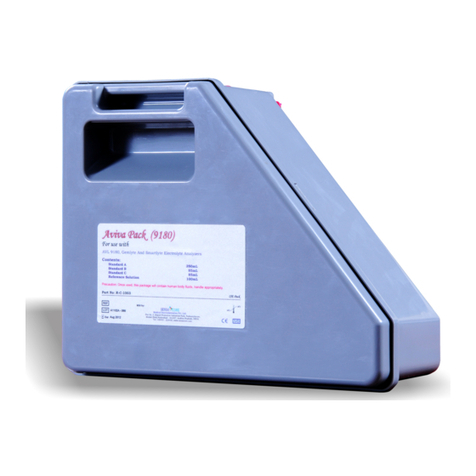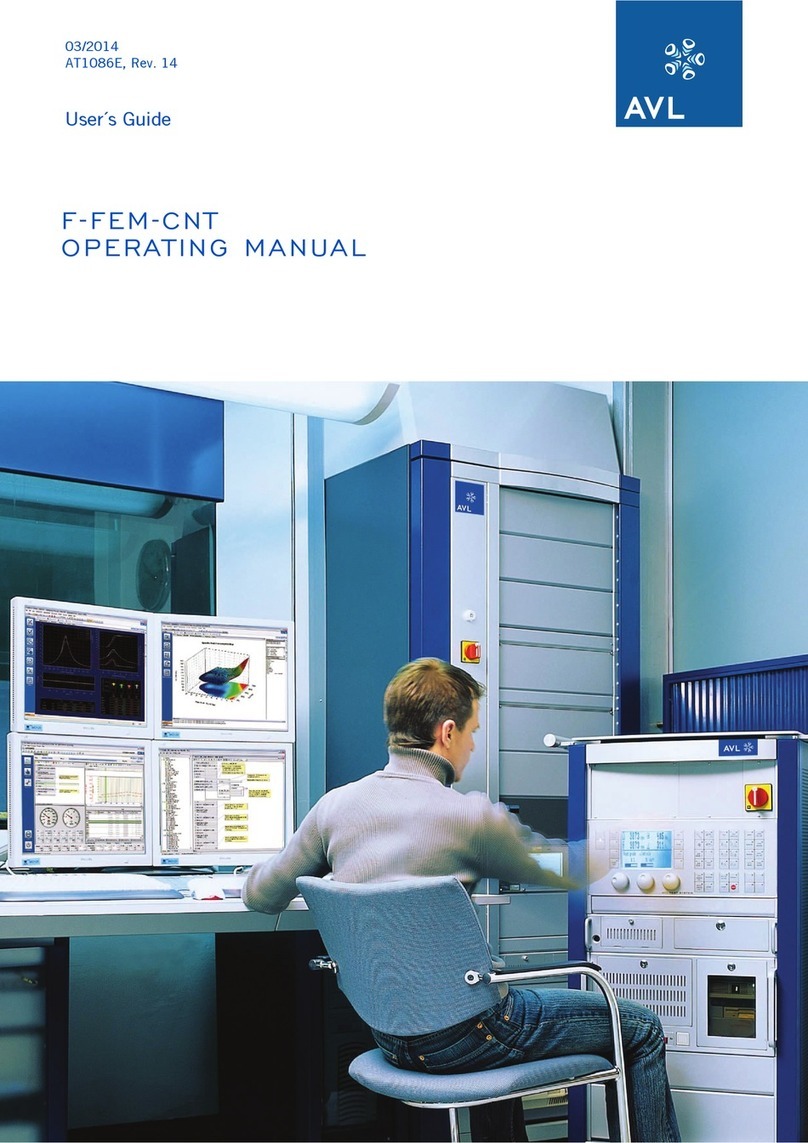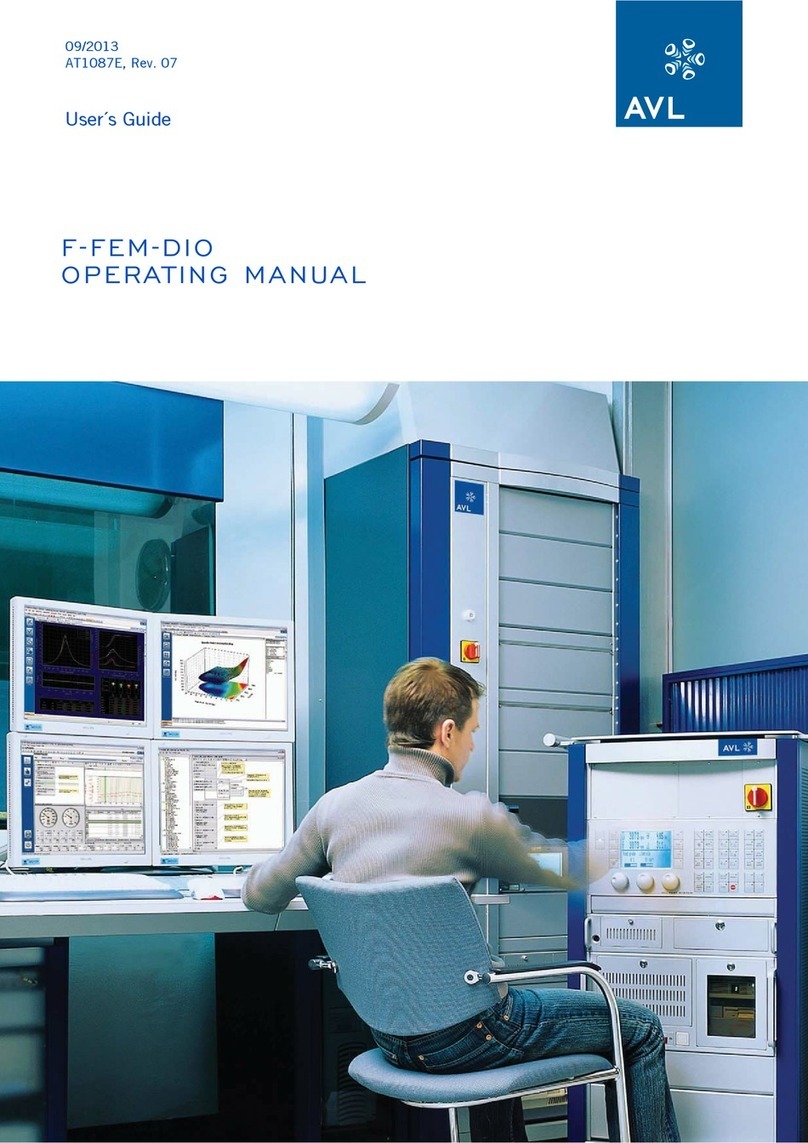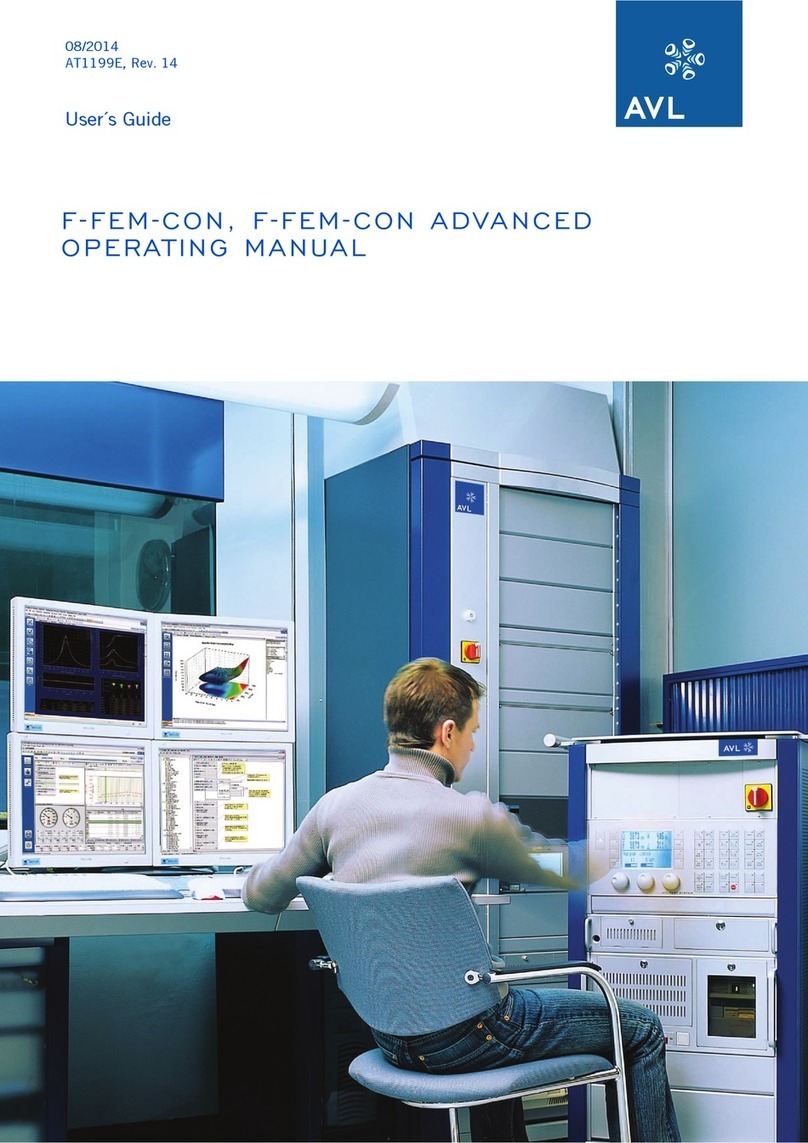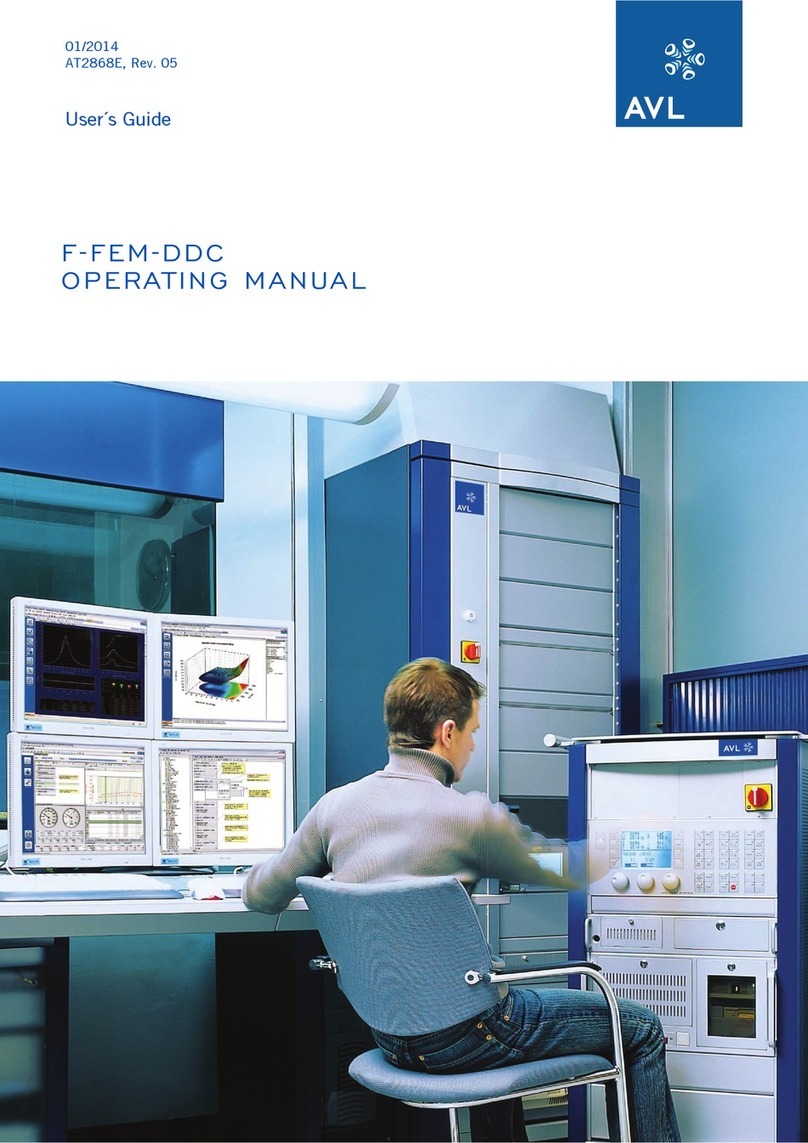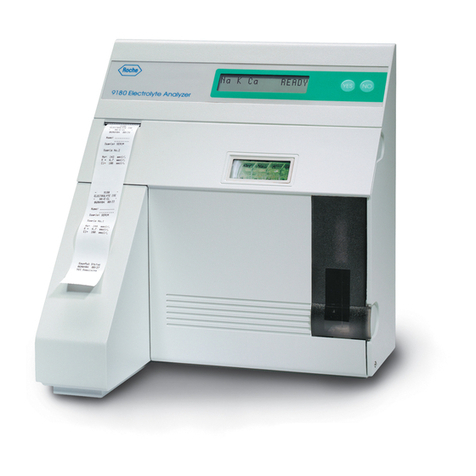
Inhaltsverzeichnis 1
F-FEM-DAC
F-FEM-DACF-FEM-DAC
F-FEM-DAC
Operating Manual
Inhaltsverzeichnis
1Preface
1.1 General Information About the F-FEM-DAC.................3
1.2 Use and Contents of this Manual.................................. 4
1.3 System Environment......................................................5
1.4 Data Transfer between Test Bed and PUMA Open
System............................................................................. 6
1.5 Typographic Conventions .............................................6
1.6 Online Help......................................................................7
1.7 We Want To Hear From You .......................................... 7
2 General
2.1 Basic Information ........................................................... 9
2.2 Performance Data...........................................................9
2.3 Cascading .....................................................................10
2.4 F-FEM-DAC Block Diagram .........................................11
3Installation
3.1 Hardware Installation ...................................................13
3.1.1 Unpacking .................................................................. 13
3.1.2 Scope of Supply......................................................... 13
3.1.3 Preconditions ............................................................. 13
3.1.4 Fixing the Module at the DIN Rail .............................. 14
3.1.5 External Dimensions .................................................. 15
3.1.6 Establishing Connections........................................... 16
3.1.7 Troubleshooting ......................................................... 16
3.2 Software Installation ....................................................16
3.3 Grounding and Shielding.............................................17
3.3.1 Grounding .................................................................. 17
3.3.2 Shielding .................................................................... 22
4 Operation
4.1 Analog Outputs.............................................................23
4.1.1 General ...................................................................... 23
4.1.2 Block Diagram............................................................ 23
4.1.3 Specifications............................................................. 24
4.2 Frequency Outputs.......................................................26
4.2.1 Block Diagram............................................................ 26
4.2.2 Description of Modes ................................................. 27
4.2.3 Accuracy of the Frequency Synthesis........................ 30
4.2.4 Specifications............................................................. 32
4.3 Seven-Segment Display...............................................33
4.4 Aging and Calibration Intervals ..................................33
4.4.1 General ...................................................................... 33
4.4.2 Procedure .................................................................. 34












